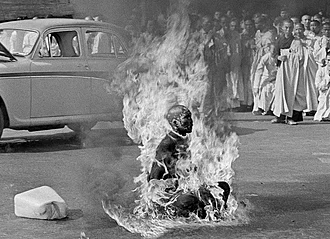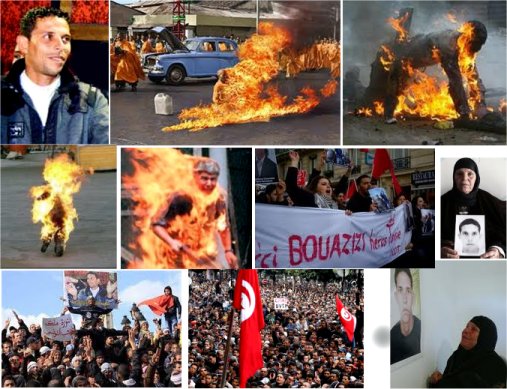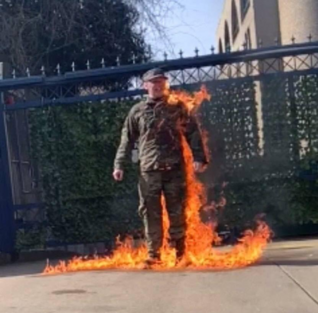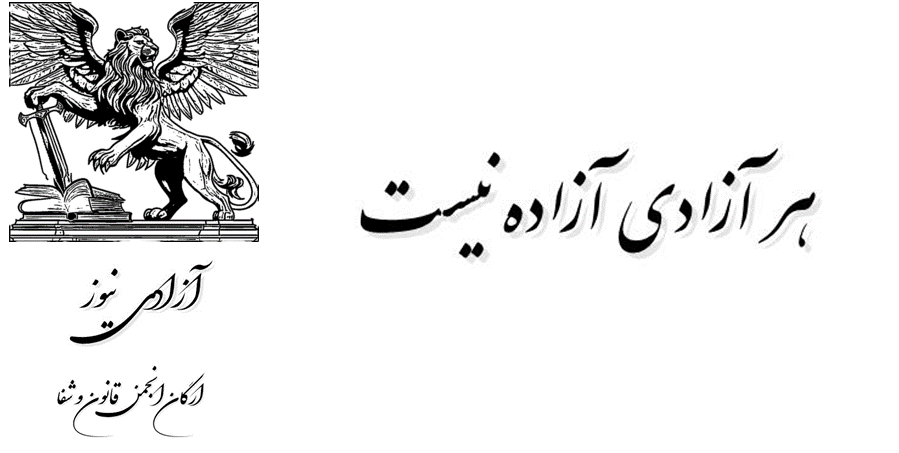Note: Suicide is considered unacceptable from a societal and religious perspective. This article investigates self-immolation from a tragic and poetic viewpoint on this issue.
Perhaps the oldest romantic self-immolation recorded in sacred texts (sanctified) is the self-immolation of “Sati,” the first wife of Shiva, the Hindu god. “Sati” in Sanskrit means truth and virtue. The sanctification of Sati in Indian texts led to the emergence of the tradition of Sati or self-immolation in Hindu civilization as a symbol of a wife’s loyalty to her husband. Sati was born again as Parvati and reunited with her husband Shiva in another birth.
Thích Quảng Đức, a Mahayana Buddhist monk, self-immolated in front of hundreds of people in 1963 in protest against the persecution of Buddhists in South Vietnam. Images of this self-immolation were selected as the iconic images of 1963.

Sahar Khodayari, an Iranian woman, set herself on fire in protest against the ban on women entering stadiums outside a courthouse, becoming a symbol of Iranians’ protest against the violation of women’s rights. During the women’s protests, more Iranian women protested against the violation of women’s rights in the largest protests after the 1979 revolution, resulting in significant societal changes, including changes in the hijab pattern in Iran.

In Iranian history, burning alive is considered one of the worst punishments, which was considered for Siavash (an Iranian hero), who emerged unharmed from the fire, and in religious texts, Abraham emerges alive from the fire ignited for him (the fire became a Garden).
Jeanne d’Arc, the French national heroine, was burned by her opponents and eventually deified after centuries. Mohamed Bouazizi in 2011 sparked the Arab Spring or the Jasmine Revolution in Tunisia and the Arab world with his self-immolation.

Generally, self-immolation in political contexts is perceived as the highest symbol of political and civil protest. Cases of self-immolation, as a form of protest or expression of allegiance among Indian women, have led to policies aimed at eliminating this practice in India.
In 2023, Aaron Bushnell, an American soldier, drew media attention by self-immolating in front of the Israeli consulate, shouting, “I don’t want to be complicit in genocide,” pouring accelerant on himself and setting himself on fire, dying the next day. This was the second case of self-immolation in the United States in protest against government support for Israel.

While paying respects to those who self-immolated for noble civil goals, many of these self-immolations do not make it into the news due to media performance and do not lead to social changes. These cases represent only part of the civil rights demands of many individuals, spreading awareness through news and society.
It appears that those who engage in this act are aware of the civil consequences of self-immolation, meaning that self-immolation does not signify resignation from life and simple suicide. Those who engage in this form of self-sacrifice likely have sufficient awareness of social influence and the high level of their demands, choosing this candle-like method, so to speak.
According to Saadi, who says in the dialogue between the butterfly and the candle:
“You who claim to love, it’s not your work,
You have neither patience nor firmness.
You flee from one raw flame
I am a master to burn out completely
If you burned with the fire of love
See me burning from head to toe.”
This protest is the highest symbol of resilience and patience. In the philosophy of social movements, Mahayana movements or Hinayana movements from a Buddhist perspective mean social and individual enlightenment sometimes require individual perseverance, meaning that if the power of life and resistance prevails over the power of death, one must stand, resist, and live like a moth. Those who engage in reckless self-immolation have accepted the power of death over life and understood the point that death with dignity is better than life with humiliation. If civil resistance demands martyrdom, martyrdom will happen, even if the fighter is in a leadership position like Mahatma Gandhi who was martyred by the people he loved the most, the Indian citizens.
Dr. Amir Ali Davoudpour
Secretary of the Law and Healing Association
